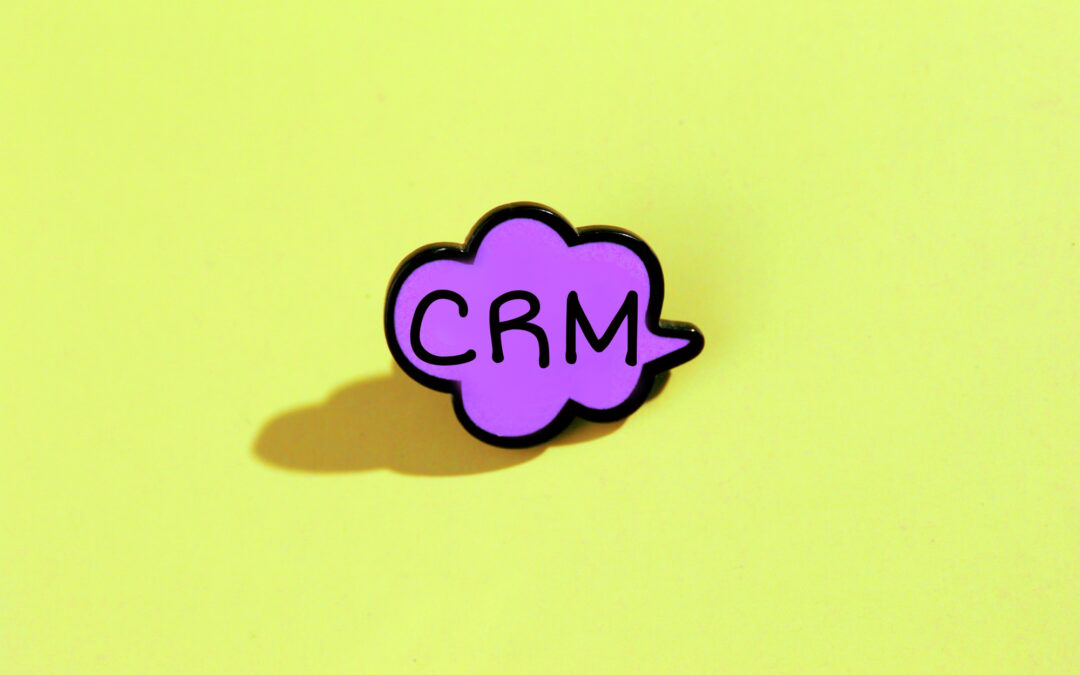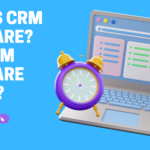-
Table of Contents
What is CRM?
Customer Relationship Management (CRM) is more than just a buzzword in today’s business landscape—it is a comprehensive strategy and set of practices designed to improve a business’s interactions with its customers. By utilizing CRM systems, companies can streamline processes, build customer loyalty, and ultimately drive sales growth. This article delves deep into the fundamental aspects of CRM, its evolution, benefits, challenges, and real-world examples that highlight its impact on business success.
Understanding the Concept of CRM
CRM refers to the practices, strategies, and technologies that organizations use to manage and analyze customer interactions and data throughout the customer lifecycle. The ultimate goal of CRM is simple: to improve customer service relationships, assist in customer retention, and drive sales growth. It consolidates customer information from various channels into a single database, which can be accessed and utilized by different departments, including marketing, sales, and customer support.
The Evolution of CRM
The origins of CRM can be traced back to manual record-keeping strategies, but with the advent of technology, CRM systems have evolved into sophisticated platforms capable of handling massive amounts of data. Notable stages in this evolution include:
- Early Database Marketing: Businesses once used simple spreadsheets to track customer information and interactions.
- Sales Force Automation (SFA): With the introduction of computerized tools, companies began automating basic sales processes.
- Integrated CRM Systems: Modern CRM systems now integrate sales, marketing, customer service, and even social media engagement, offering a holistic view of customer interactions.
Today, the latest CRM platforms are cloud-based, enabling real-time accessibility, scalability, and seamless integration with various tools and applications.
The Benefits of Implementing CRM
Adopting a CRM system can offer a wide range of benefits that extend to almost every facet of a business. Companies that successfully implement CRM strategies have noted improvements in several key areas:
- Enhanced Customer Experience: A centralized system ensures that customer data is readily available to provide personalized service.
- Improved Collaboration: With a consolidated database, teams can easily share information, leading to better communication and collaborative decision-making.
- Increased Efficiency: Automation of routine tasks saves time and allows employees to focus on strategic initiatives.
- Data-Driven Decisions: Detailed analytics and reporting features enable companies to gain insights into customer behavior and market trends.
Real-World Examples and Case Studies
Several companies have leveraged CRM systems to achieve remarkable results. A well-documented case study is that of Salesforce, a pioneer in cloud-based CRM. Salesforce has enabled businesses worldwide to integrate customer data from multiple sources and derive actionable insights. According to a report by Gartner, companies utilizing CRM solutions have experienced up to a 41% increase in customer retention rates.
Another notable example is the retail giant Amazon, which uses advanced CRM strategies to offer a highly personalized shopping experience. Amazon’s recommendation engine, backed by CRM analytics, contributes significantly to its increased sales and customer satisfaction by suggesting products based on purchase history and browsing behavior.
- Case Study Snapshot:
- Company: HubSpot
- Result: Increased customer acquisition by 25% within 12 months using integrated CRM and marketing automation strategies.
Best Practices for Implementing CRM
While the benefits of CRM are substantial, successful implementation requires strategic planning and adherence to best practices. Consider the following guidelines when deploying a CRM system in your organization:
- Define Clear Objectives: Understand what you want to achieve with CRM—whether it is improving customer service, increasing sales, or enhancing marketing efforts.
- Ensure Data Quality: Regularly update and cleanse your data to maintain accuracy and reliability.
- Invest in Training: Equip your team with the skills required to use the CRM system effectively through regular training sessions.
- Monitor Performance: Use analytics and KPIs to measure the impact of CRM on your business processes.
Challenges in CRM Adoption
Despite its numerous advantages, CRM implementation is not without challenges. Many organizations face obstacles such as:
- Resistance to Change: Employees may be reluctant to adapt to new systems, preferring familiar methods of operation.
- Data Integration
Types of CRM Systems
Operational CRM
Operational CRM focuses on automating customer-facing processes, such as sales, marketing, and service. It helps businesses streamline workflows, manage customer interactions, and improve efficiency.
Key Features:
- Sales force automation
- Marketing automation
- Customer service management
Analytical CRM
Analytical CRM is designed for data analysis and reporting. It helps businesses understand customer behavior, track performance, and make informed decisions.
Key Features:
- Data mining and analytics
- Predictive modeling
- Customer segmentation
Collaborative CRM
Collaborative CRM enhances communication between different departments and teams to provide a seamless customer experience.
Key Features:
- Shared customer information
- Team collaboration tools
- Customer feedback integration
Benefits of Using a CRM System
- Improved Customer Relationships – Centralized customer data ensures personalized interactions and stronger relationships.
- Increased Sales Efficiency – Automated workflows and lead tracking boost sales productivity.
- Better Marketing Campaigns – Targeted marketing efforts based on customer insights lead to higher conversion rates.
- Enhanced Customer Service – Faster issue resolution and proactive support improve customer satisfaction.
- Data-Driven Decision Making – CRM analytics provide valuable insights for strategic business planning.
- Higher Productivity – Automation reduces manual tasks, allowing employees to focus on core activities.
- Scalability – A CRM system grows with the business, adapting to changing needs and increasing complexity.
How to Choose the Right CRM for Your Business
When selecting a CRM, consider the following factors:
- Business Size and Needs – Choose a CRM that aligns with your company’s goals and scale.
- Ease of Use – An intuitive interface ensures quick adoption and efficiency.
- Customization and Integration – Look for a CRM that integrates with your existing tools and allows custom configurations.
- Automation Capabilities – A robust CRM should automate repetitive tasks for better efficiency.
- Pricing and Scalability – Select a solution that fits your budget and can grow with your business.
- Security and Compliance – Ensure the CRM follows industry security standards and compliance regulations.
Top CRM Software Solutions
Here are some of the most popular CRM platforms:
CRM Software Best For Key Features Salesforce Large Enterprises AI-powered analytics, extensive integrations HubSpot CRM Small to Medium Businesses Free plan, user-friendly interface Zoho CRM Budget-Friendly Customization, automation tools Microsoft Dynamics 365 Enterprise Solutions ERP and CRM integration Pipedrive Sales Teams Deal tracking, automation
Conclusion
CRM software is an indispensable tool for modern businesses, helping them manage customer relationships, automate sales and marketing, and improve service delivery. Whether you’re a small startup or a large enterprise, investing in the right CRM can enhance efficiency, boost revenue, and drive long-term business success.













